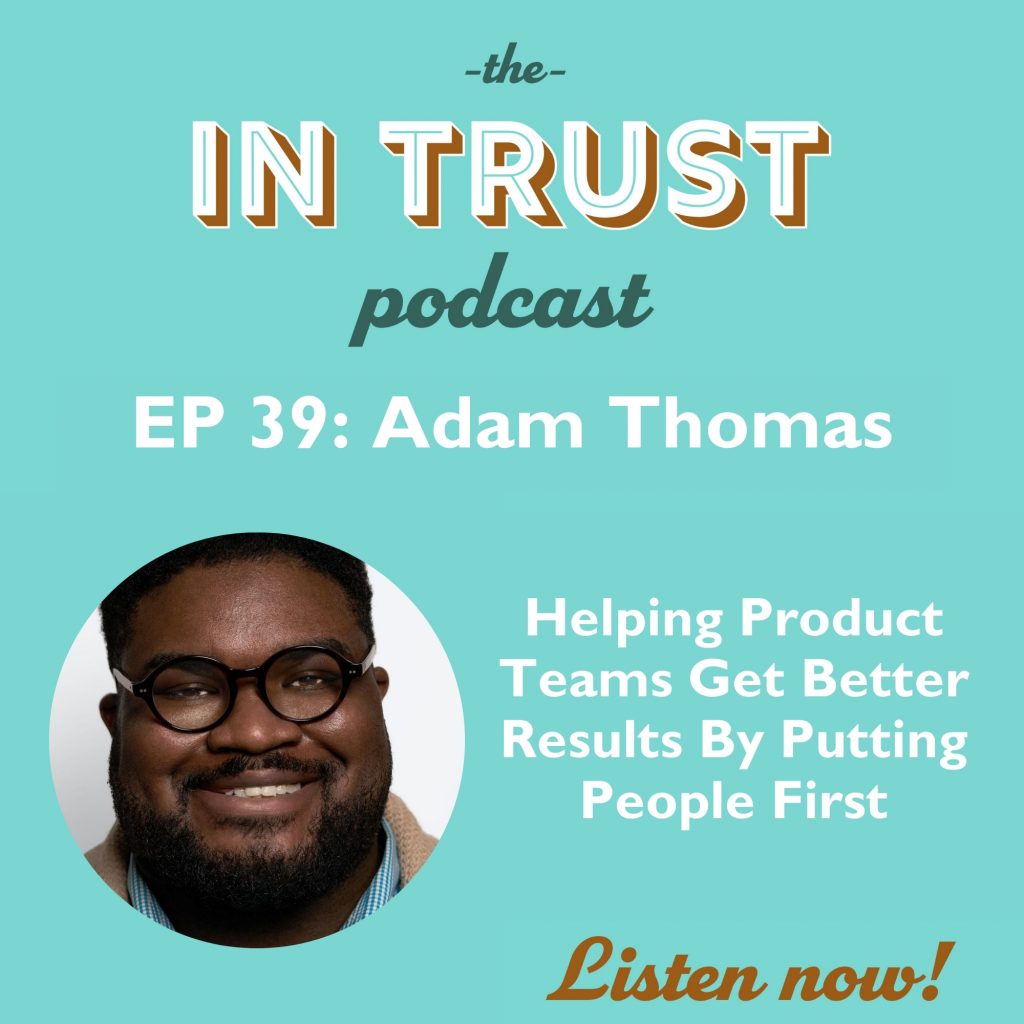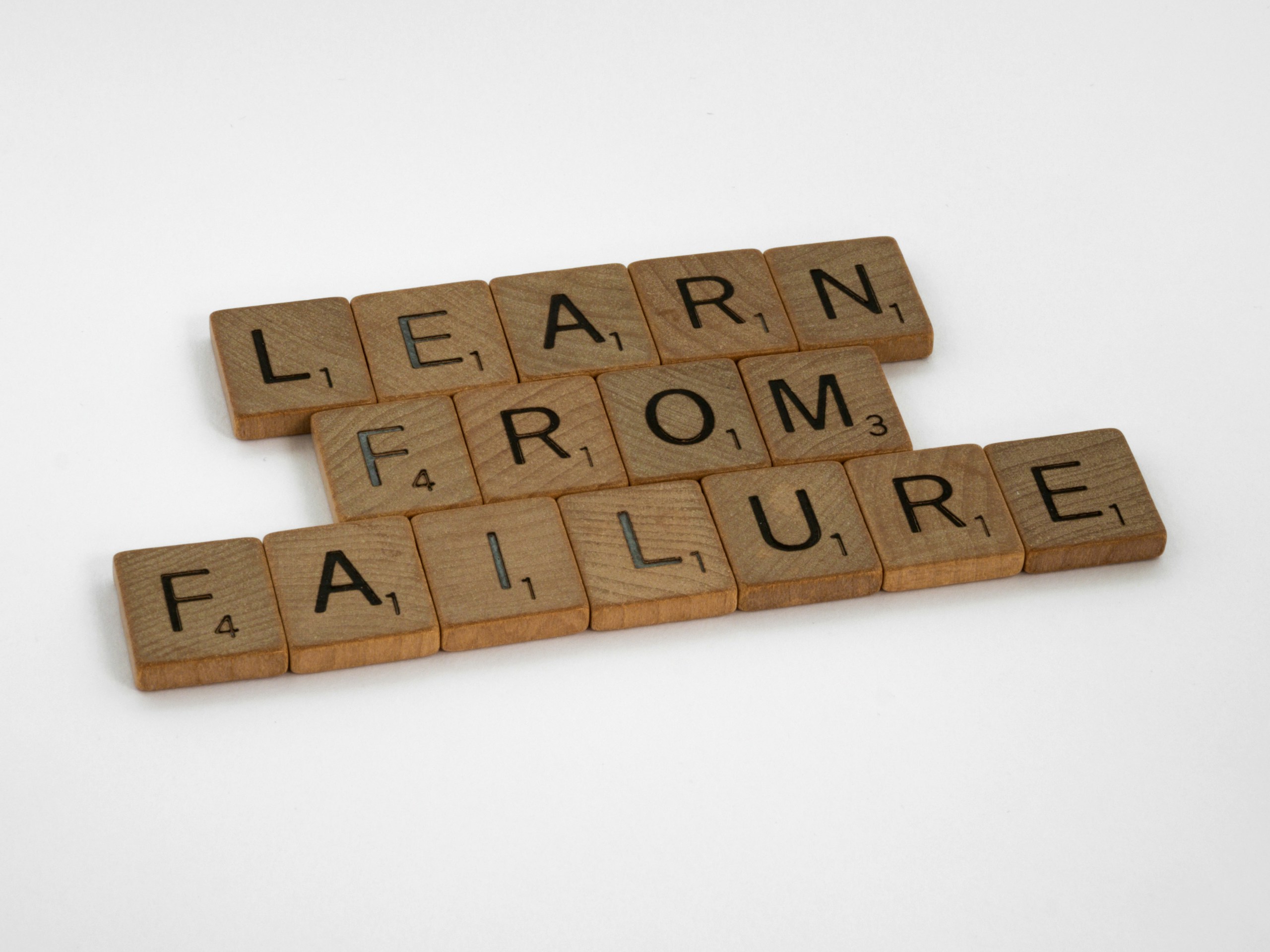Tag: product
-
-
Black Epics
Black Epics is a podcast dedicated to sharing the stories of successful Black Product Managers. Ronke Majekodunmi – How to build strong coalitions Tonya Edmonds – How to Successfull Vince Aidoo – The Value of Learning from Failure Ayo Omojola – Fighting Covid and Pushin Rafael Balbi Jr. – Key Learnings in Becoming a Principal…
-
What Do Product Managers Produce?
Product management, unlike many other technical disciplines, doesn’t create a discrete output. So, what should you be spending your time on? Product managers (PdM) are responsible for helping companies make better decisions consistently over time. In a previous article, I talked about how wide-ranging the job can be. Product managers do a lot, but the…
-
To stay agile, don’t let your product team get trapped in a loop
To ensure your product team is truly following the Agile Manifesto, you have to give yourselves time to adjust. That can’t happen when you’re stuck in a positive feedback loop. Product managers (PdM) oversee more than features. Simply focusing on them is a mistake and will leave the product person in charge of nothing more…
-
What is product discovery?
Product discovery is a process typically undertaken by product teams, UI/UX researchers, UX designers, UI designers and company stakeholders. The process is performed to define a problem, explore potential solutions and build a working prototype that will present value to customers. Modern product discovery and validation is essential to startup success, for example, those utilizing the outcome-driven innovation framework see an…
-
As product manager, what story should you tell?
As product manager, how do you take your plans from theory to action? Simple: Tell the right story. Making change is hard. Even harder is making change while projects are in motion. As a product manager, though, this is the job. Remember, as a PdM, you are judged on how you improve the decision fitness…
-
What do you do when product and customer success won’t play nice?
Too often, customer success and product teams treat each other like adversaries. Here’s how to fix that. What kind of relationship do you have with your company’s customer success team? I often ask product teams this question, and the answer is usually that there isn’t a relationship at all. And if there is, it’s hanging…
-

Helping product teams get better results by putting people first with adam thomas
How does the level of trust after a decision is made impact product teams (and other teams in your organization too)? How much waste might be happening in your organization because of cognitive biases and what are practical ways to avoid falling into the traps of these biases when it comes to decision making? We…
-

Bluf your way to success – adam thomas on the product experience
BLUF Your Way to Success – Adam Thomas on The Product Experience The one thing every product person needs is a new acronym that comes from the military, and Adam Thomas is here to help. Sarcasm aside, Adam’s made good use of the BLUF technique: Bottom Line Up Front, a short template, clearly laying out…
-
How to create a minimum viable product (without code!)
“I have an idea.” It’s the most dubious phrase that comes from our teams. Why? Because if they have enough pull, we can spend hours building an idea that makes sense to that person, or even internally, and do nothing to the marketplace. I’ve seen it a ton of times in my career, someone swears…







